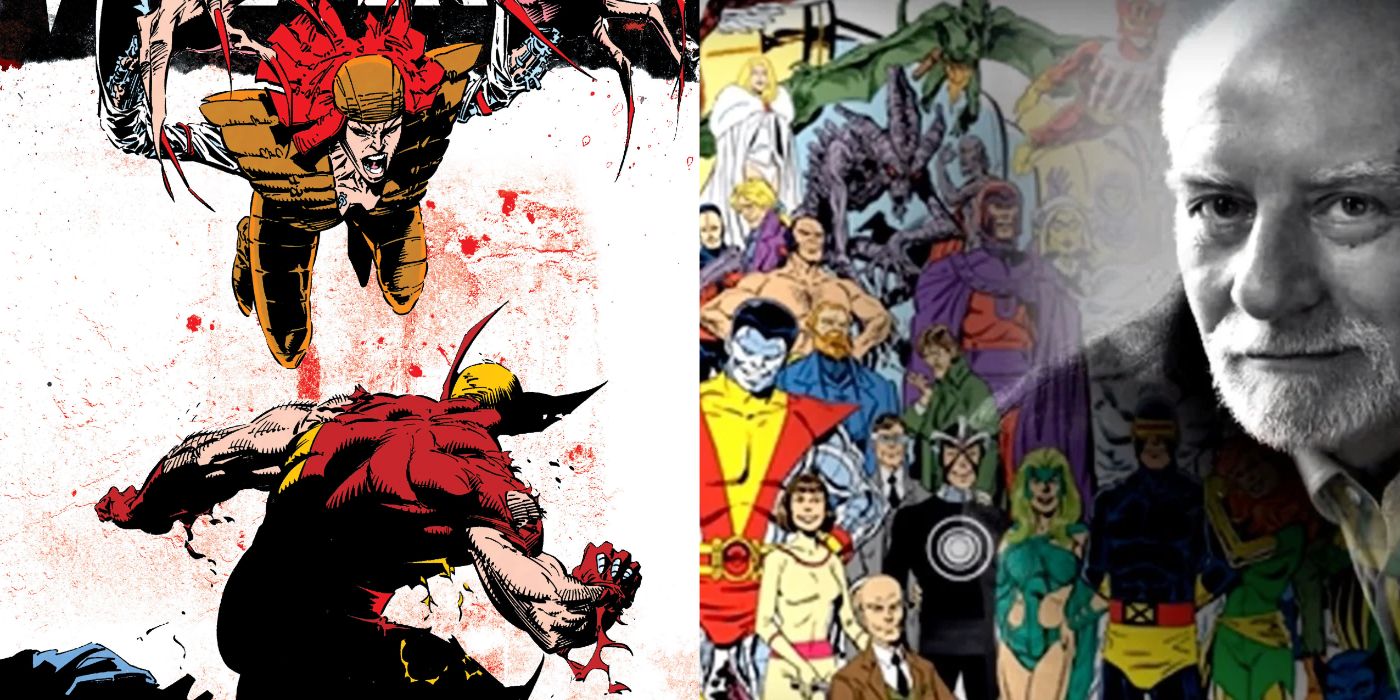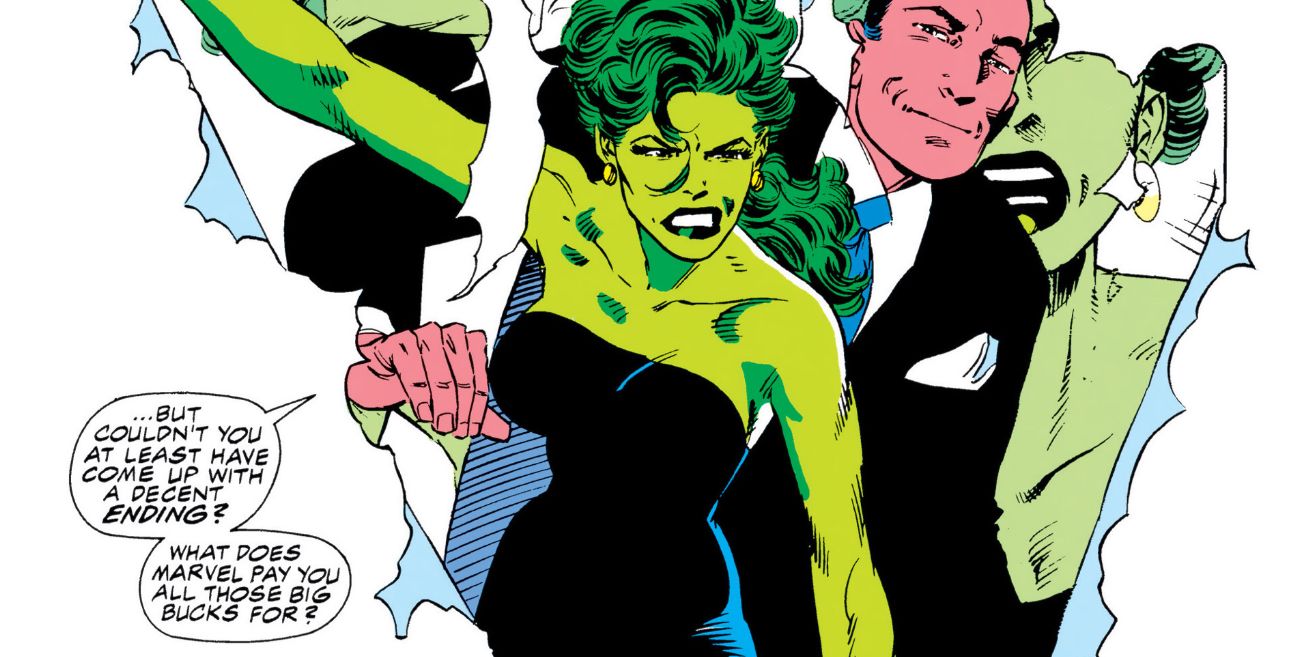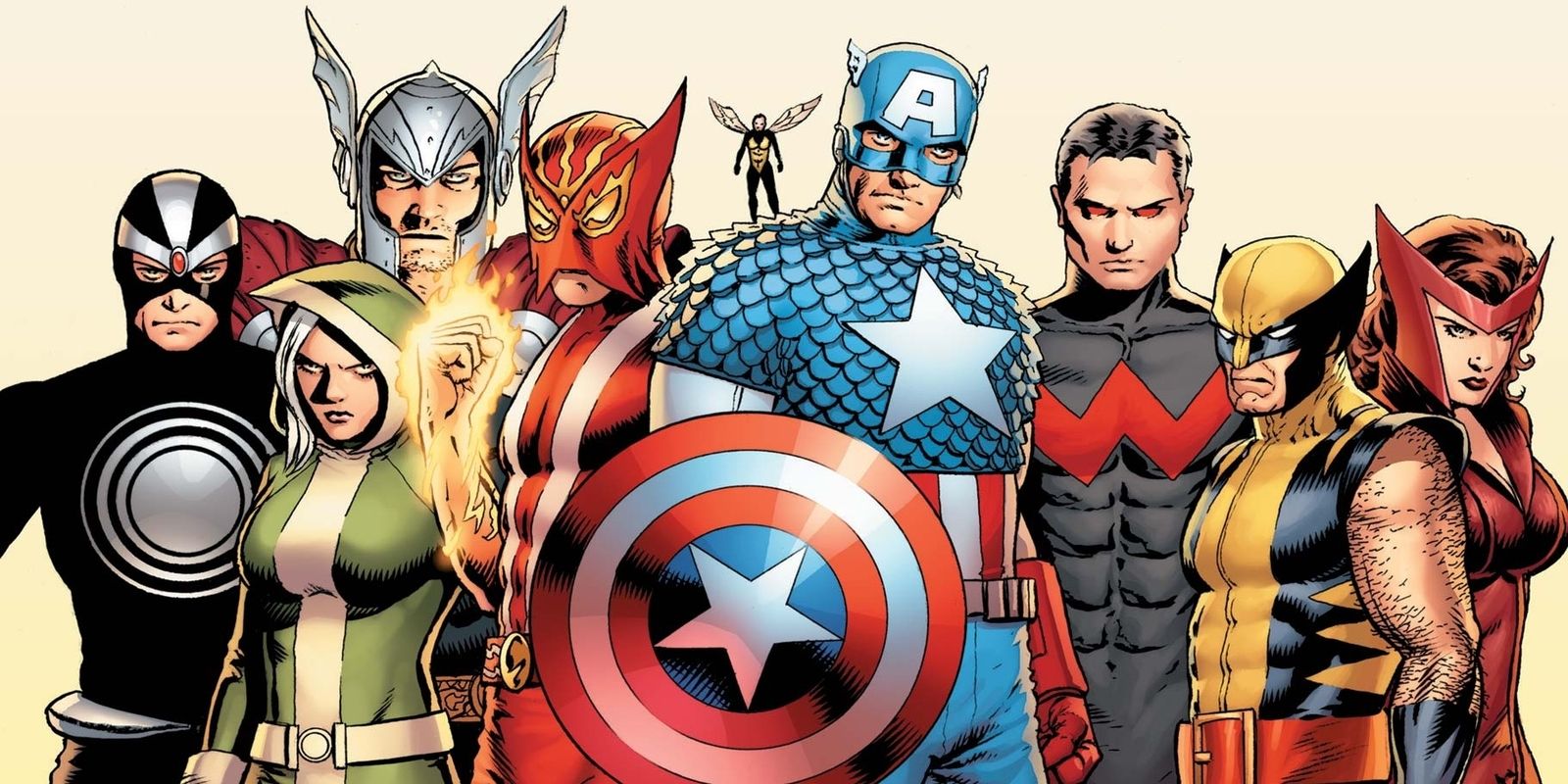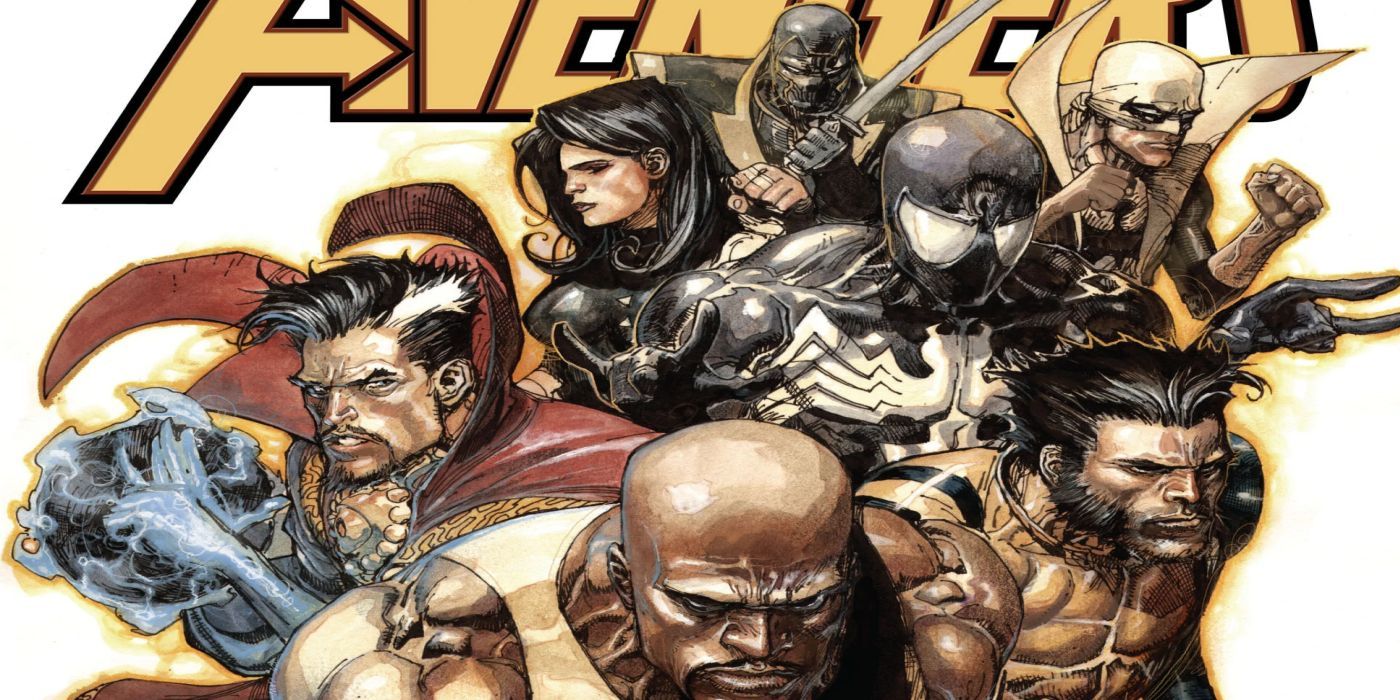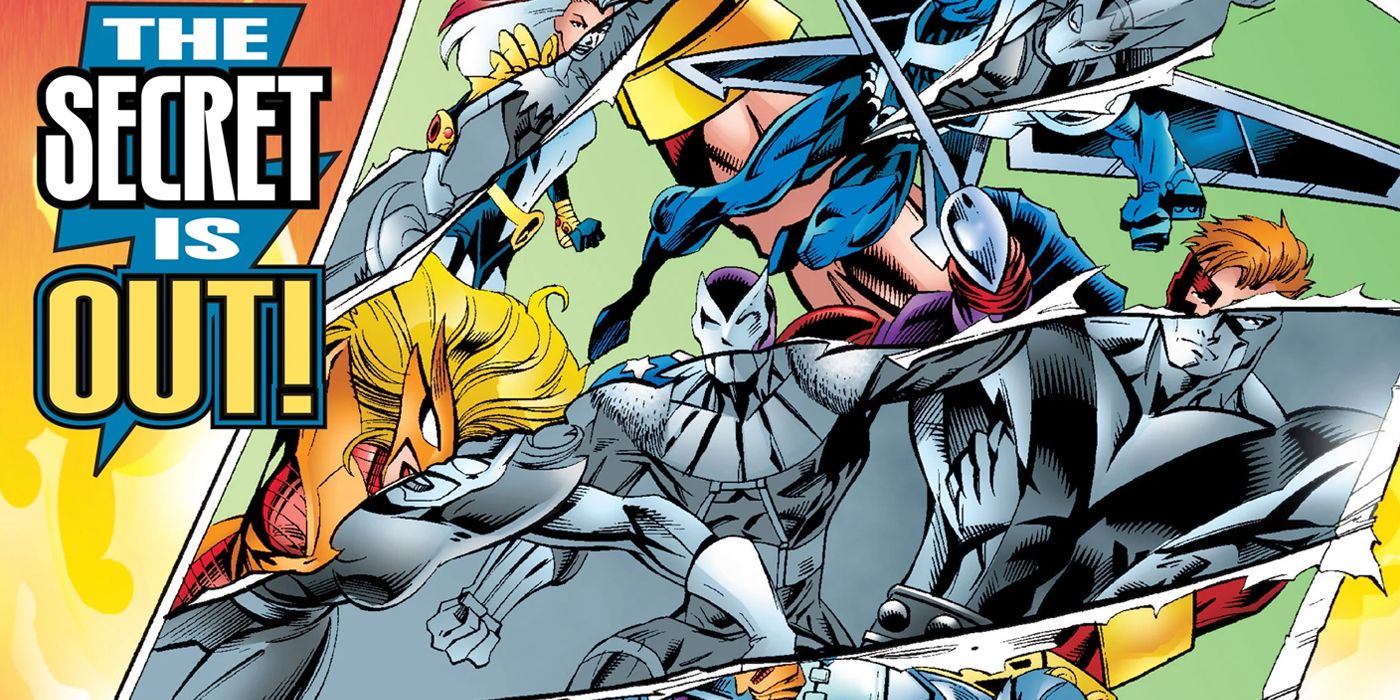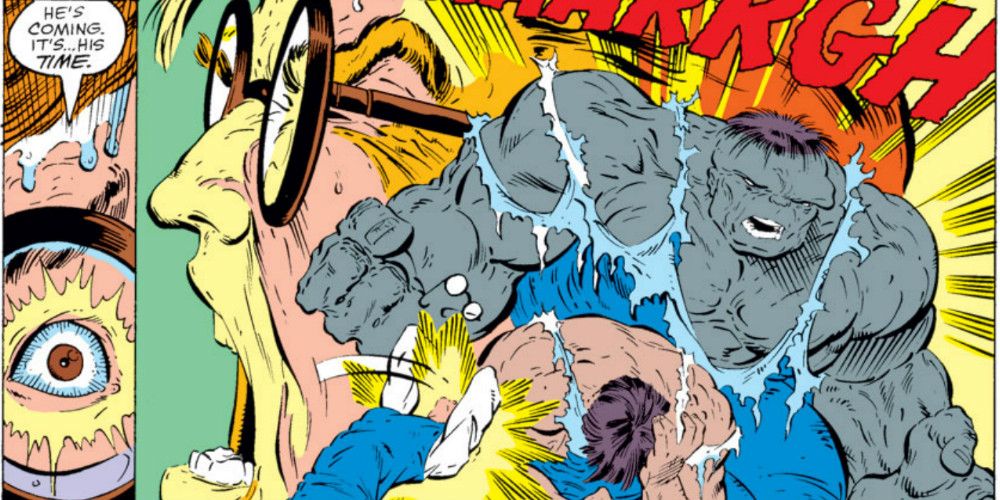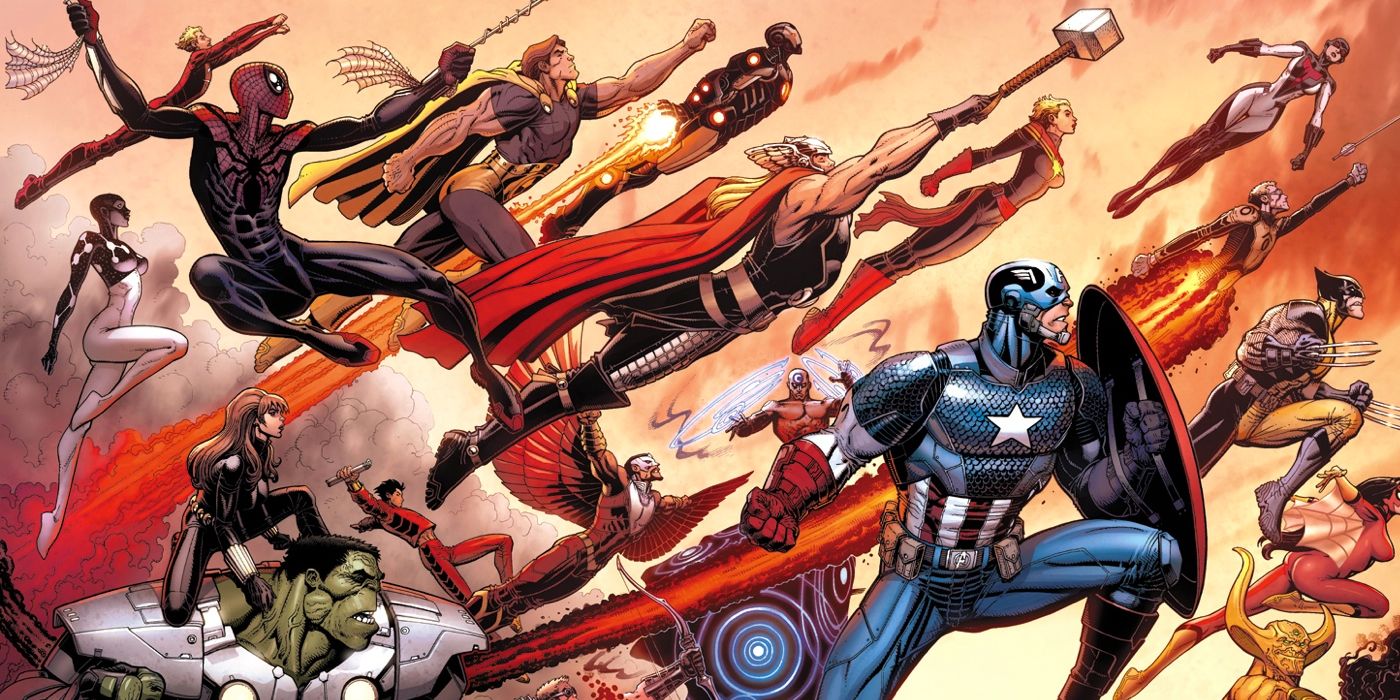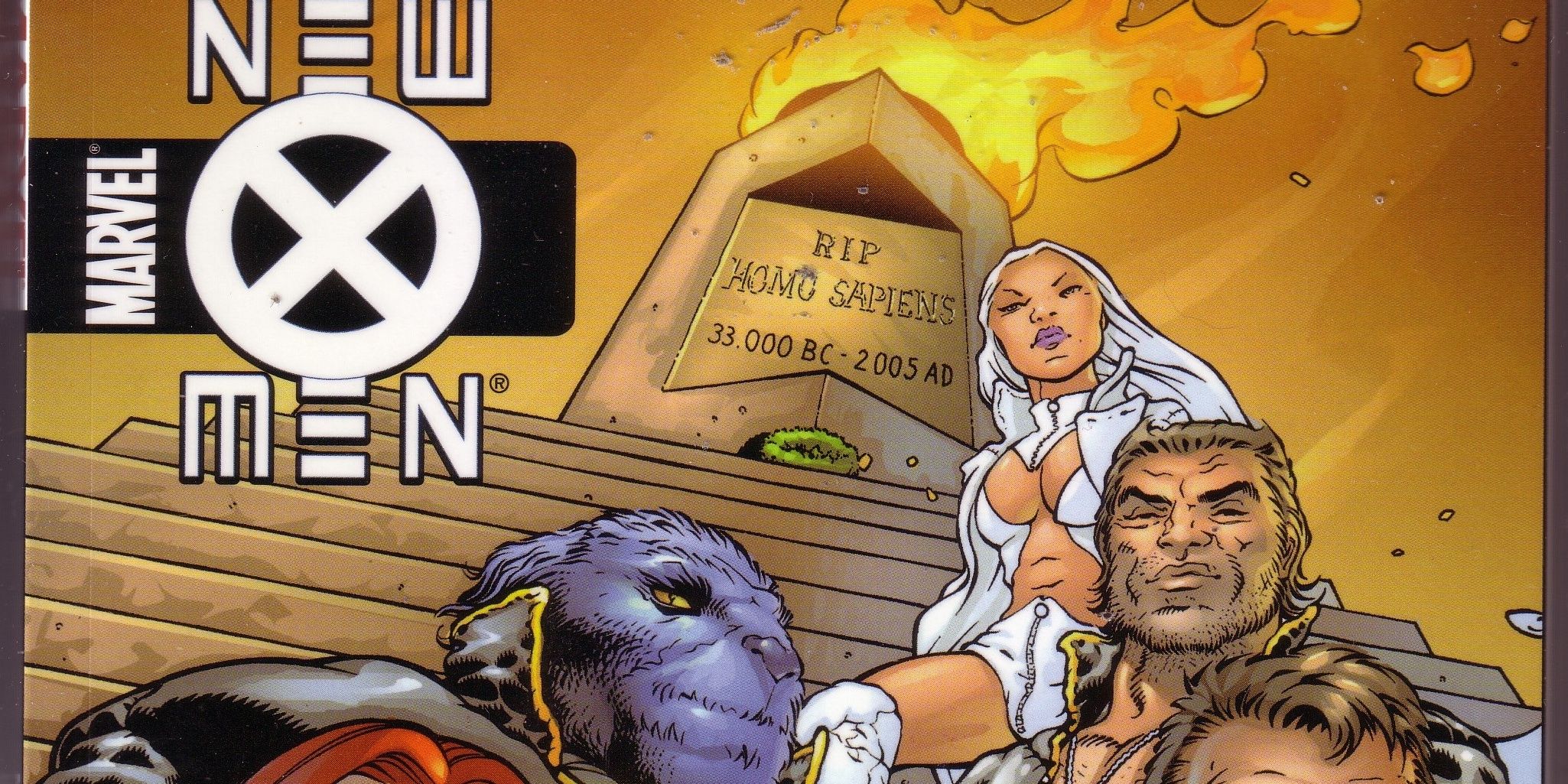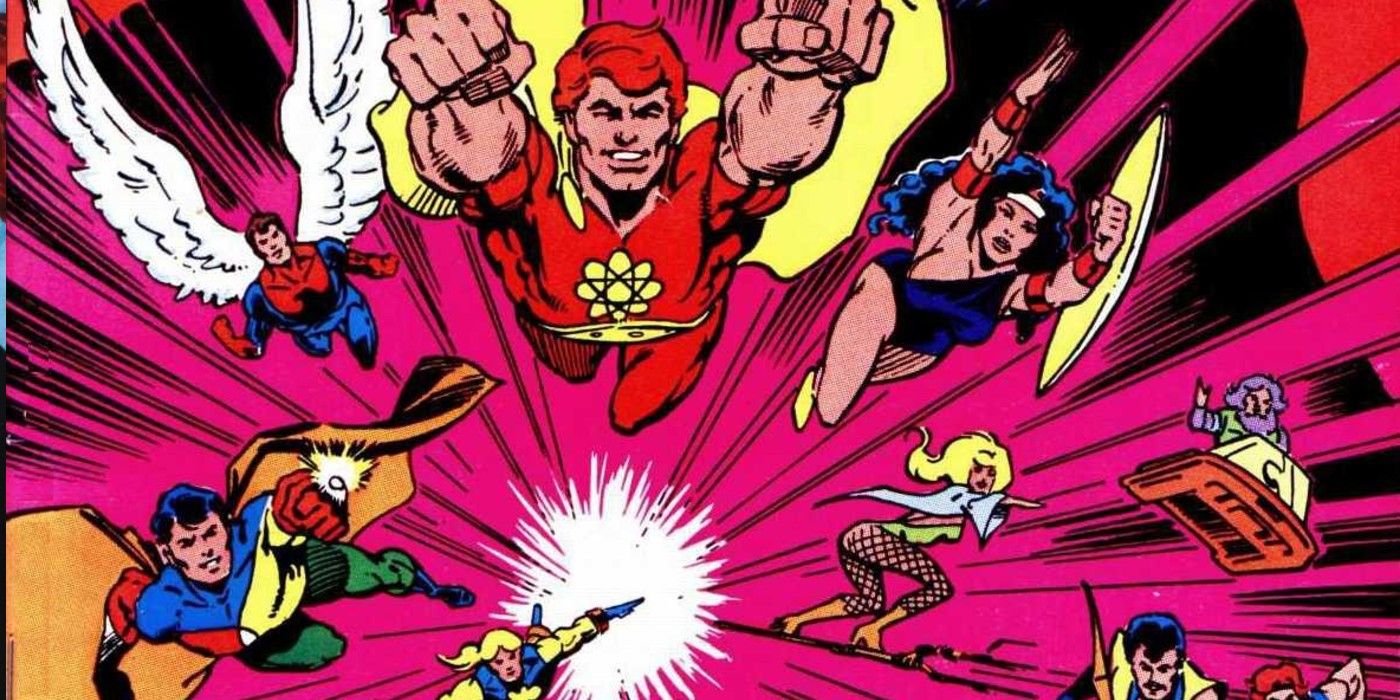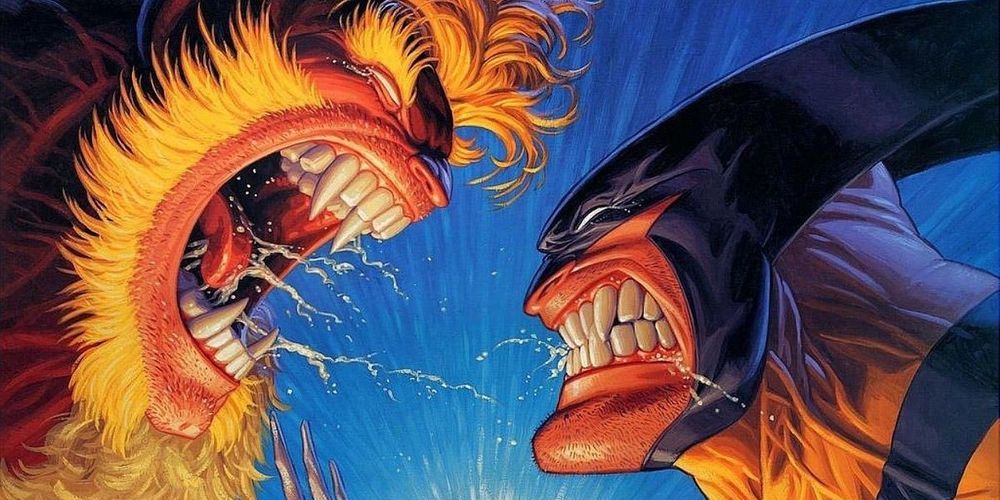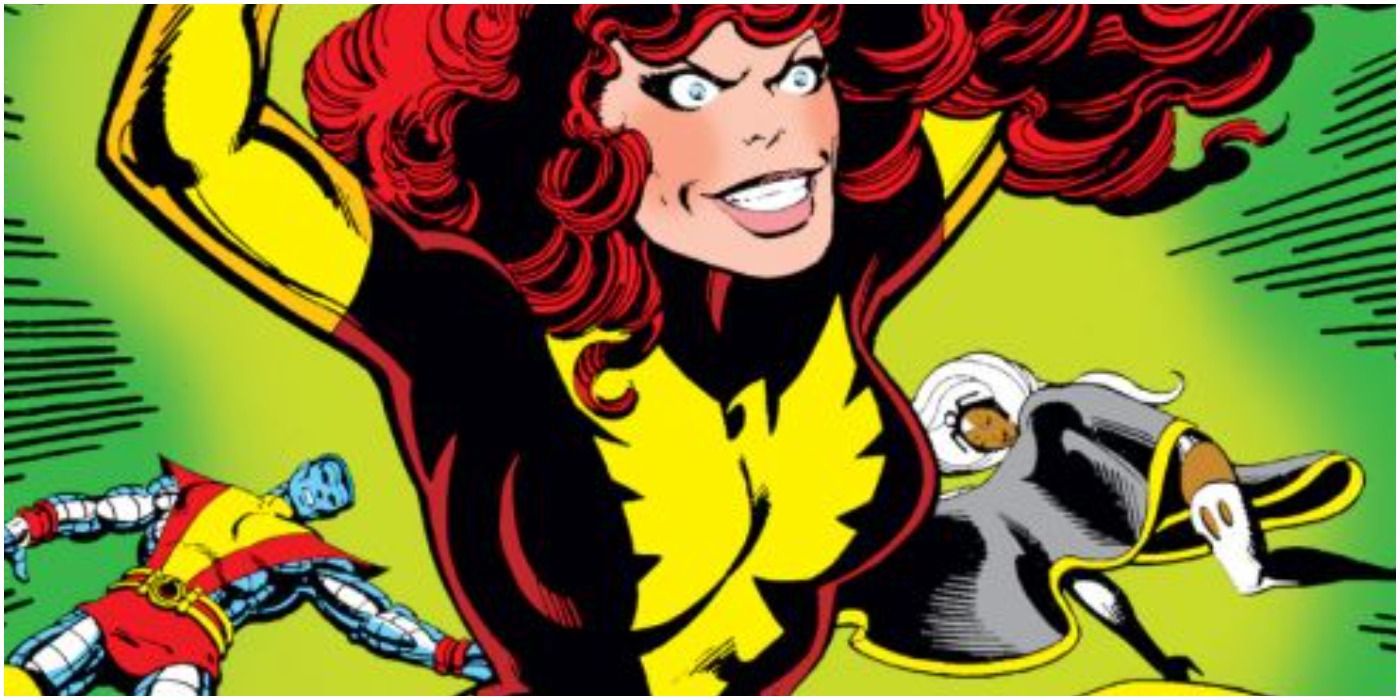Marvel has produced some great short stories over the years. These miniseries and one-shots have enthralled audiences, with some of Marvel's biggest events taking place within them. However, sometimes longer is better. Ongoings give creators more time to create something special, telling long form stories that stay with readers for years.
While some books are excellent from the jump, many take time to get there. Sometimes, the right creative team hasn't come on the book. Other times, the creative team hasn't gone all out or discovered the key ingredient that makes the story work. Once they find what they're looking for, it's not long before greatness unfolds.
10 Sensational She-Hulk Didn't Catch Fire Until Byrne's Second Run
Writer/artist John Byrne became a legend, but his more recent work has seen some highs and lows. 1985's Sensational She-Hulk was one of his last completely beloved works. Byrne started the book, writing and drawing the first eight issues and wouldn't return until issue 31. Byrne stayed on the book til issue 50, only taking a break with issue 47.
Byrne introduced She-Hulk's fourth wall breaking and meta sense of humor, but it wouldn't really take off until his second run. Byrne indulged these facets of the book even more. When anyone thought of the best She-Hulk stories, they remembered the moments from Byrne's second run.
9 Uncanny Avengers Went From Great To Next Level
Uncanny Avengers launched after Avengers Vs X-Men. The book combined members of the X-Men and the Avengers, with a roster that would comprise Captain America, Scarlet Witch, Thor, Wasp, Wolverine, Rogue, Wonder Man, Havok, and Sunfire by the end of the first story arc. Written by Rick Remender, with art by John Cassaday, Adam Kubert, Daniel Acuña, and Steve McNiven, the first story was great, but the book got better from there.
The first story dealt with Red Skull grafting the telepathic portions of the slain Xavier's brain to his own and the Uncanny Avengers dealing with him and his S-Men. For the next story, Remender picked up a plot thread from his Uncanny X-Force run and pit the team against the Apocalypse Twins, drawing Kang and Immortus into the conflict.
8 Bendis's New Avengers Got Really Good Post-Civil War
People credit writer Brian Michael Bendis's New Avengers for making the Avengers popular again, but reading the first twenty-five issues show Bendis's style didn't always fit with the Avengers. It isn't until the post-Civil War issues — where the team hides from Iron Man's forces, battles the Hand, and learns about the Skrull invasion in the process — that the book hit its stride.
Working with artist Leinil Yu in the run-up to Secret Invasion, New Avengers and Bendis's more down to Earth style finally gelled in a way they hadn't before when he was trying to tell more run-of-the-mill Avengers stories. After issue 26, the book soared.
7 Thunderbolts (Vol. 1) Started With A Bang And Somehow Got Better
The Thunderbolts quickly became Marvel's premiere villain team, ever since their first issue dropped the shocking revelation that they were the Masters of Evil in disguise. However, writer Kurt Busiek and artist Mark Bagley weren't done.
Thunderbolts (Vol. 1) just kept getting better, taking the title of Marvel's best book month in and month out. From introducing new member Jolt, who couldn't learn their secret, to the way the members dealt with being loved for the first time, their rebellion, and Hawkeye joining the team, Thunderbolts constantly raised the bar.
6 Peter David's Incredible Hulk Run Kept Upping The Ante
Writer Peter David joined The Incredible Hulk with issue 331 and completely redefined the Hulk. When he got there, it was the end of the short period when Rick Jones has been Hulk. David brought Bruce Banner back as Hulk and introduced the grey Hulk, eventually morphing him into Joe Fixit. The longer David's run lasted, the more complex Hulk became.
Working with artists like Todd McFarlane, Dale Keown, Gary Frank, Liam Sharp, Adam Kubert, and many more in his twelve year run, David introduced the psychological elements that every writer after him tapped into. His run always got better, and it soon established itself as the Hulk's best run.
5 Jonathan Hickman's Avengers/New Avengers Built Into The Perfect Avengers Epic
Writer Jonathan Hickman is Marvel's MVP of the 2010s. It's difficult to pick which book of his is the best, but many consider his Avengers/New Avengers run amazing. Working with Marvel's best artists, like Jerome Opeña, Adam Kubert, Steve Epting, Mike Deodato Jr., Dustin Weaver, Leinil Yu, Stefano Caselli, Valerio Schiti, and so many more, Hickman's time on the two books redefines what great Avengers stories should be.
Hickman is an expert craftsman when it comes to his plots, building a solid foundation and adding to it. Each issue of Avengers and New Avengers exceeds the previous one, creating stories that quickly joined the pantheon of Avengers greats.
4 Grant Morrison's New X-Men Changed The X-Men Forever
Grant Morrison's time at Marvel was short but fruitful. Their run on New X-Men was revolutionary, redefining the X-Men after the boom years of the '90s. Working with artists Frank Quitely, Igor Kordey, Phil Jimenez, Chris Bachalo, Marc Silvestri, and many more, Morrison focused on the school concept and changed the way the X-Men worked, moving them away from their superheroic past.
Morrison understood how to keep upping the ante with each subsequent issue. "E Is For Extinction" set the bar pretty high, but Morrison found ways to keep making things better. They never repeated themselves, throwing new concepts at readers and crafting X-Men stories that remained unmatched.
3 Squadron Supreme Morphed Into Something Readers Never Expected
There are Marvel books that every fan should read, stories that need to be experienced to appreciate the publisher. Squadron Supreme, by writer Mark Gruenwald and artists Bob Hall, Paul Ryan, and John Buscema, was one such book. Following the team upon its return to its home Earth after an adventure with the Avengers, the Squadron Supreme decided to take control of humanity.
It was a completely unprecedented choice and put the book into rarified air when it got published. Every issue found ways to take the concept of a superhero team becoming a benevolent dictatorship to the next level. Getting better with every story, Squadron Supreme was an ingenuous work.
2 Larry Hama's Wolverine Took The Character To New Places With Every Story
Writer Larry Hama wrote more must read Wolverine stories than anyone else. Starting with issue 31 of Wolverine (Vol. 2), Hama took the reins of Marvel's most popular character and kept finding new things to do with him. From grudges with Sabretooth and Lady Deathstrike, exploring what Weapon X did to his mind, dealing with his past in Japan, charting the bone claw years, and so much more, Hama told every kind of story with Wolverine.
Staying on the book until issue 118, not writing issues 44, 58-59, and 110, Hama worked with talented artists, Marc Silvestri, Mark Texeira, Adam Kubert, Leinil Yu, and more. Hama kept impressing readers as time went on. Wolverine never got stale, and the thrilling intensity only increased.
1 Chris Claremont's Uncanny X-Men Got More Complex As Time Went On
Chris Claremont became the greatest X-Men writer of all time. For seventeen years, from issue #94 to 279, Claremont wrote Uncanny X-Men. He worked with incredible artists during his run, partnering with John Byrne, Paul Smith, John Romita Jr., Barry Windsor-Smith, Marc Silvestri, Jim Lee, and so many more.
Claremont was a master of keeping things fresh and finding new ways to keep readers coming back. Claremont's run told stories from every imaginable genre, adding complexity to the characters and concepts. Reading his early issues and then going to his later ones was like shifting between night and day, as Claremont kept changing the book.

